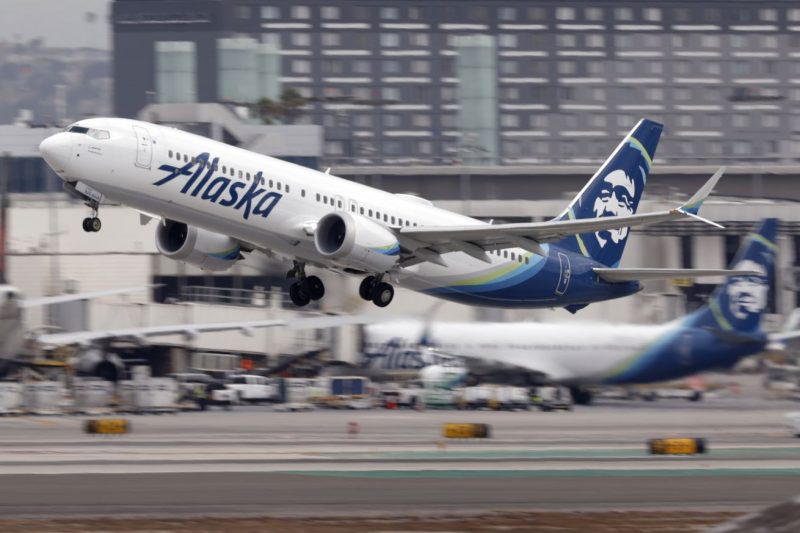Boeing Is Cutting 10 Percent of Its Workforce: What Does This Mean for the Company?
One of the most significant recent developments in the aerospace industry is Boeing’s decision to reduce its workforce by 10 percent. This move, announced by the company as a part of its cost-cutting measures, has raised concerns and questions regarding the implications for both Boeing and its employees.
Boeing, one of the world’s largest aerospace companies, has been facing challenges on multiple fronts. The COVID-19 pandemic has severely impacted the aviation industry, leading to a sharp decline in air travel demand and a subsequent drop in aircraft orders. This has put pressure on Boeing’s financial performance, forcing the company to take steps to reduce costs and increase operational efficiency.
The decision to cut 10 percent of its workforce is a significant move that is aimed at addressing these challenges. By reducing its workforce, Boeing aims to streamline its operations, cut costs, and improve its competitiveness in the market. However, this move is likely to have far-reaching implications for the company and its employees.
One of the key implications of this workforce reduction is the impact on the morale and motivation of the remaining employees. Layoffs and job cuts can create a sense of uncertainty and insecurity among employees, leading to decreased productivity and engagement. In order to mitigate these negative effects, Boeing will need to communicate transparently with its employees, provide support, and ensure that those who are staying with the company feel valued and motivated.
Another implication of the workforce reduction is the impact on Boeing’s ability to innovate and develop new products. Aerospace is a highly competitive industry that requires continuous innovation and technological advancements. By cutting its workforce, Boeing risks losing valuable talent and expertise that could hinder its ability to stay ahead of the competition. To address this, Boeing will need to carefully manage its workforce reduction to ensure that key skills and capabilities are retained within the organization.
Furthermore, the decision to cut its workforce raises questions about Boeing’s long-term strategic direction and its ability to recover from the challenges it is currently facing. While cost-cutting measures are necessary to address immediate financial pressures, Boeing will also need to focus on long-term growth and sustainability. This will require a careful balance between cutting costs and investing in strategic areas that will drive future growth and profitability.
In conclusion, Boeing’s decision to reduce its workforce by 10 percent is a significant move that reflects the challenges facing the company in the current economic environment. While this move is aimed at improving the company’s financial performance and competitiveness, it also raises questions about the implications for Boeing’s employees, innovation capabilities, and long-term strategic direction. Moving forward, Boeing will need to carefully manage this workforce reduction and focus on building a resilient and sustainable future for the company.
